Stinging nettles aren't just a weed, they're a nutritious plant which makes fantastic wild nettle pesto. Find out more about this amazing plant from Roy Lamb, one of the two co-founders of UK based Nasslor Health-drinks Ltd, makers of Emunity.
What are the nutritional and health benefits of eating nettles
The humble stinging nettle (or Urtica Dioica to give it its scientific name) has long been used as a herbal medicine. In fact it was first mentioned by Aesop in his Fables for Children in around 560 BC. While nettle may seem like a fairly ordinary (and painful) plant, it has some rather extraordinary properties.
Nettle contains a significant concentration of biologically active compounds, particularly carotenoids and polyphenols, that are good for you and your body. Nettle is known to lower blood pressure and blood sugar levels, reduce the effects of skin photoaging, help in fighting the symptoms of hay fever, have anti-bacterial properties and boost your immune system.
It is also particularly nutrient-rich, containing a similar level of Omega-3 as spinach, comparable levels of essential amino acids as chicken, 100% of your recommended daily allowance (RDA) of Vitamin A, up to 50% RDA of Calcium, 20% RDA of Fibre and up to 12% RDA of Iron.
Once prepared or cooked, nettle is in many ways more nutritious than Brussel sprouts and spinach!
Where can I find nettles?
Nettles will grow just about anywhere. but they prefer nutrient rich soils. You will find them on grass verges, in woodlands, and alongside parks to name just a few locations. You may even find them popping up in the corner of your garden.
When do nettles grow?
Although nettles are available for a large proportion of the year, nettles are best eaten when tender so early to mid spring is when they are at their best. If you harvest them early and dry them you can enjoy them all year round.
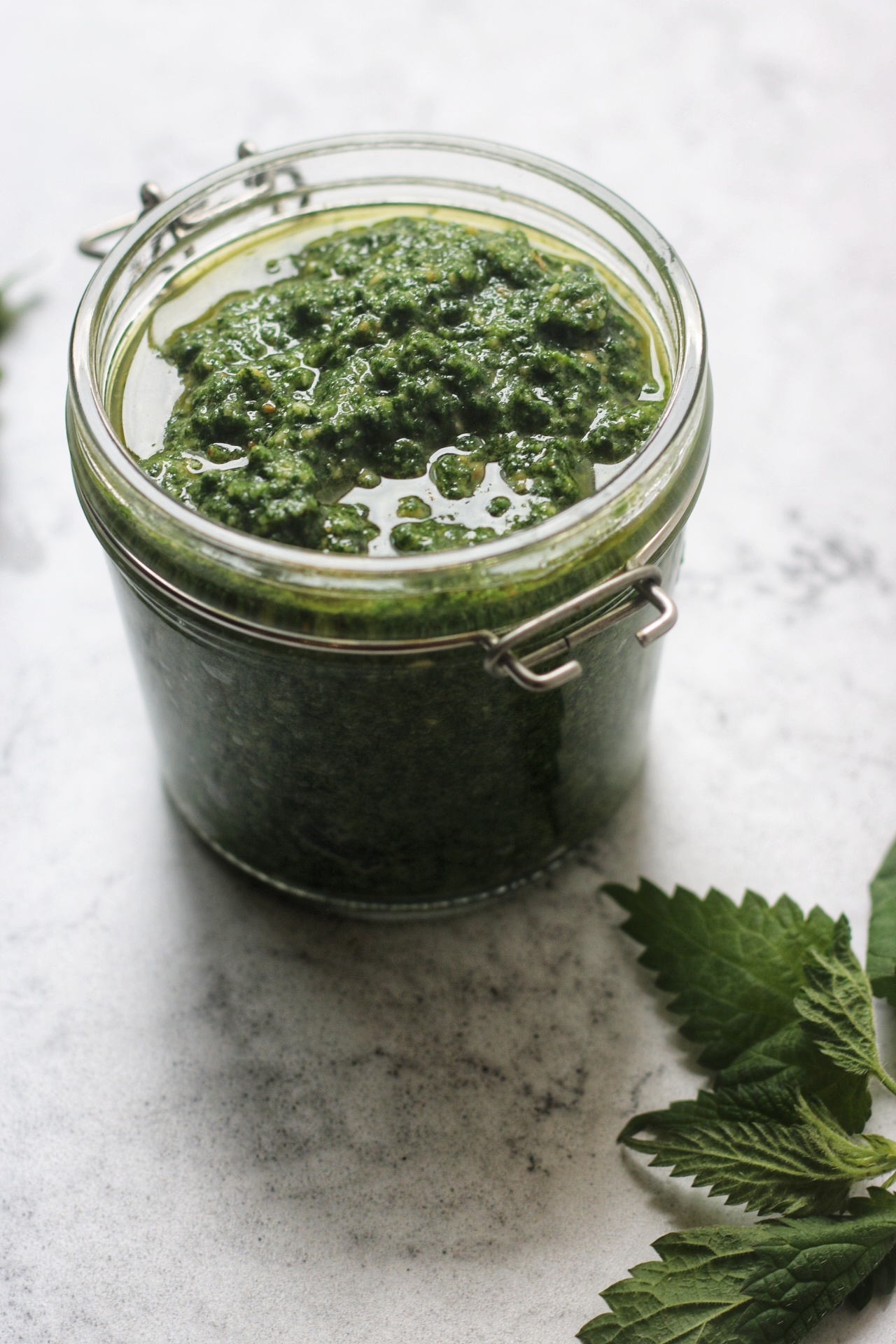
How to pick nettles without them stinging you
Of course, most nettles found in the UK are stinging nettles, so if you are gathering your own, make sure to wear thick gloves. Although you may look a little silly, I just use rubber gloves to protect my arms and hands.
Soaking the nettles in water for a few days, drying or cooking them will, however, remove their stinging properties and render them harmless. If it's too cumbersome to wear rubber gloves while preparing them, latex gloves also work well.
What do nettles taste like? Can you really eat them?
Once cooked or dried, nettles taste like a mix between spinach and cucumber. Just like spinach, nettle can make a fabulous addition to many dishes, adding extra flavour and a dash of colour.
Nettles are used in lots of traditional recipes, as part of the dough filling for Albanian börek pastry, for example, and even in beer. Though, if you're keen to use nettles for their health benefits, their nutritional value does significantly reduce when you turn them into beer!
How to prepare wild nettles before making pesto
If you have gathered your own nettles, you will need to prepare them first to remove the sting. The easiest way is to drop them into a pot of boiling salted water for five minutes or so.
To retain the bright green colour, next plunge your boiled nettles into a bowl of ice water before draining.
If you have harvested too many nettles or want to save some for a later date, you can dry the nettles. Simply wash them and hang them up to dry thoroughly for a few days or use a dehydrator if you have one.
Once prepared, nettles can also be safely frozen allowing you to prepare them in bulk and use them in a variety of dishes, like nettle soup, a tropical nettle smooth or even nettle spanakopita. You can also use dried nettle as a tea leaf, simply steep in boiling water.
The possibilities for bringing nettle into your diet are almost endless. Anywhere a recipe calls for cooked spinach, you can easily substitute nettle, and with delicious drinks like Emunity containing nettle now on the market, it is possible to get a healthy dose of this nutritious plant on a daily basis.
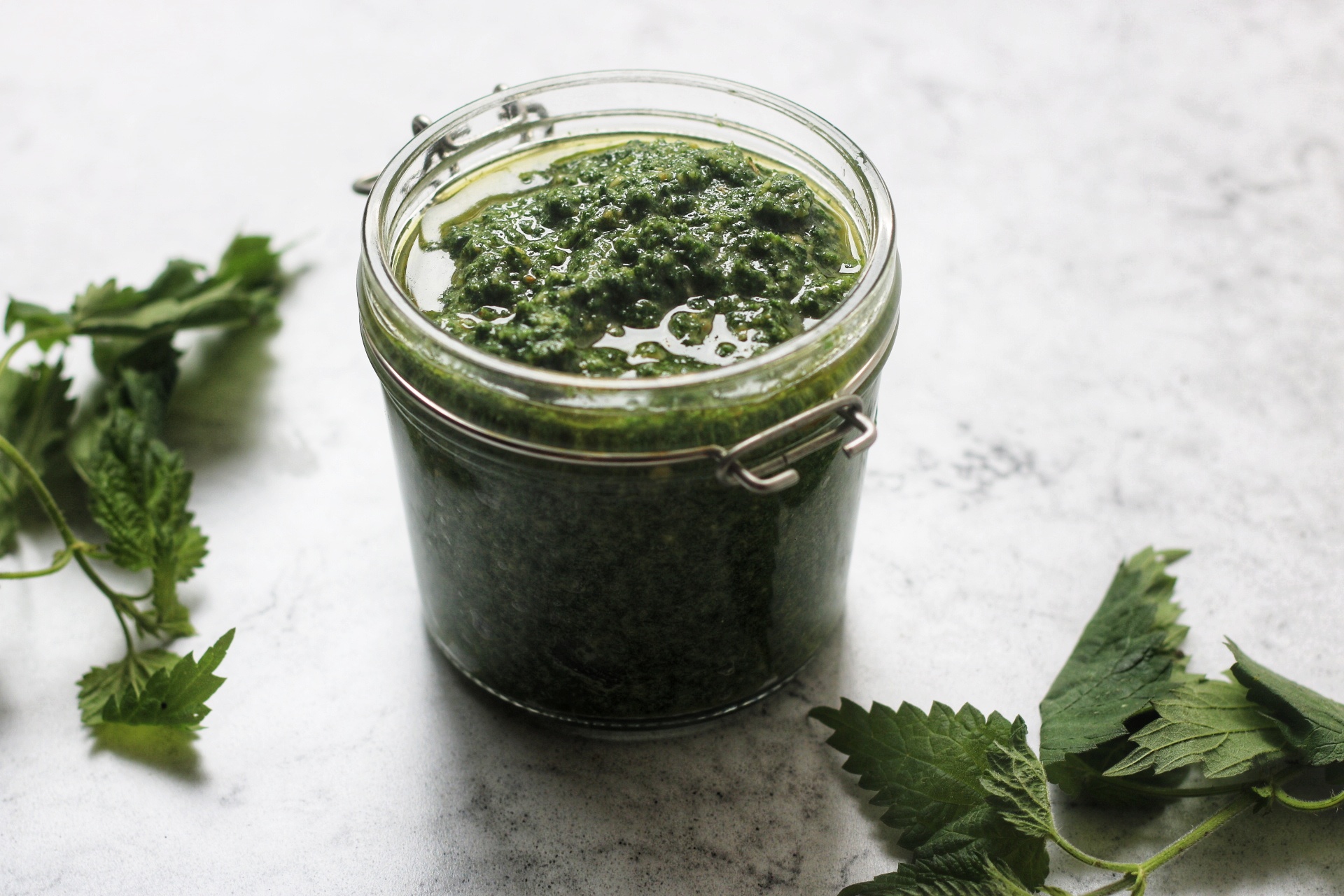
The recipe
This Wild Nettle Pesto is delicious spread on some warm focaccia or stirred into pasta. You could even use it to add flavour to a risotto or pizza! But best of all? It's entirely plant based so suitable for anyone following a vegan diet.
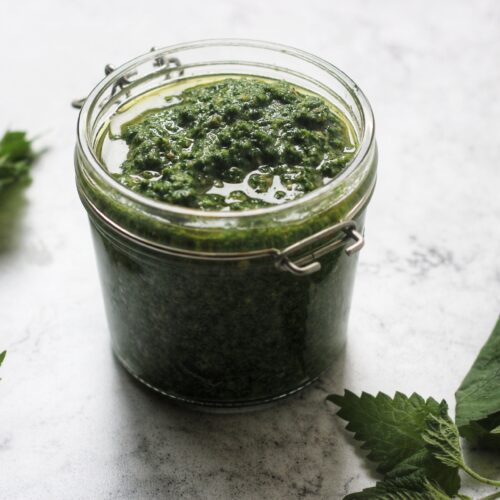
Wild Nettle Pesto
Equipment
- High powered blender
Ingredients
- 100 g wild nettles raw
- 100 g walnuts toasted
- 50 g vegan parmesan
- 2 cloves garlic
- 1 lemon juice only
- 125 ml extra virgin olive oil
- salt and pepper to taste
Instructions
- Add the nettles into a pan of boiling salted water for five minutes or so.
- To retain the bright green colour, next plunge the boiled nettles into a bowl of ice water. Once the nettles have cooled, drain them and squeeze out any excess moisture.
- Simply place all of the ingredients into a food processor and blitz for 3 – 5 minutes or until you have reached the desired consistency. Taste before adding any salt and pepper to season, if required.
- The pesto can be eaten immediately or stored in a steralised jar and topped with a little more olive oil for up to a week (if you don’t eat it before then).
- This pesto also freezes well and can be kept in your freezer for up to a month. Freeze in ice cube trays for individual portions of pesto.
Nutrition
More pesto recipes
If you like this pesto recipe, why not try another variation on the classic sauce.
My foraging resource recommendations
Once you've got the foraging bug you will be tempted to snack on every delicious looking weed you see. But, before you chow down, please make sure you do your research and consult an expert (like Roy!). The following books are all great resources that I consult regularly.
I know it’s tempting to rely on our phones and foraging apps (I'd be lying if I said I didn't use any) but a lot of these books are pocket guides, designed for use when you’re out on a walk.
- Wild Food UK: Foraging Pocket Guide (perfect for taking on walks)
- Collins: Food for Free (great for slipping into bags or pockets)
- Wild Food: A Complete Guide for Foragers (includes some fantastic recipes!)
- Collins Gem: Mushrooms (a good introduction to mushrooms)
The best website hands down is Wild Food UK (which is also why I also love their pocket guide).
More foraged food recipes
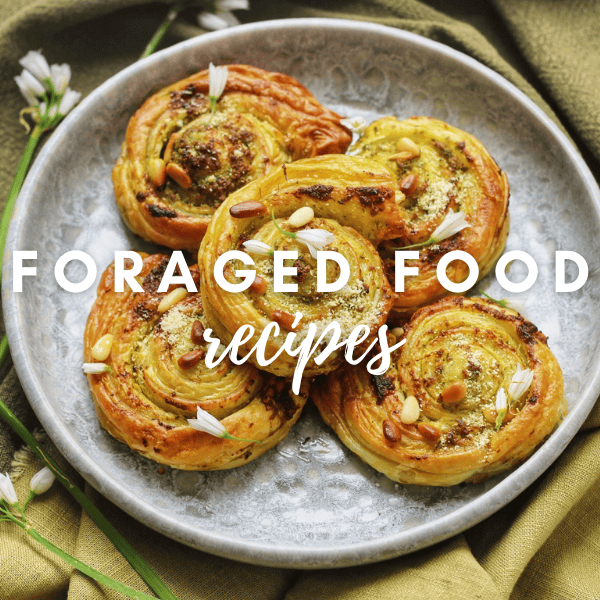
About the author
Roy Lamb is one of the two co-founders of UK-based Nasslor Health-drinks Ltd., makers of Emunity. Emunity is the first detox health drink to harness the healing and immunity-boosting benefits of Nettle and make it available in a ready-to-drink can.
Emunity’s founders are two UK pharmacists with a passion for helping people stay healthy. Taking an old family recipe they have blended nettles with English Garden Herbs to create a great tasting, refreshing drink loaded with immune boosting health benefits. It is 100% natural, with no artificial Ingredients and only 53 calories per can.
Website and shop: http://emunity.co.uk
Twitter: http://twitter.com/emunitydrinks
Instagram: @emunitydrinks
Facebook: 'Emunity Drinks'

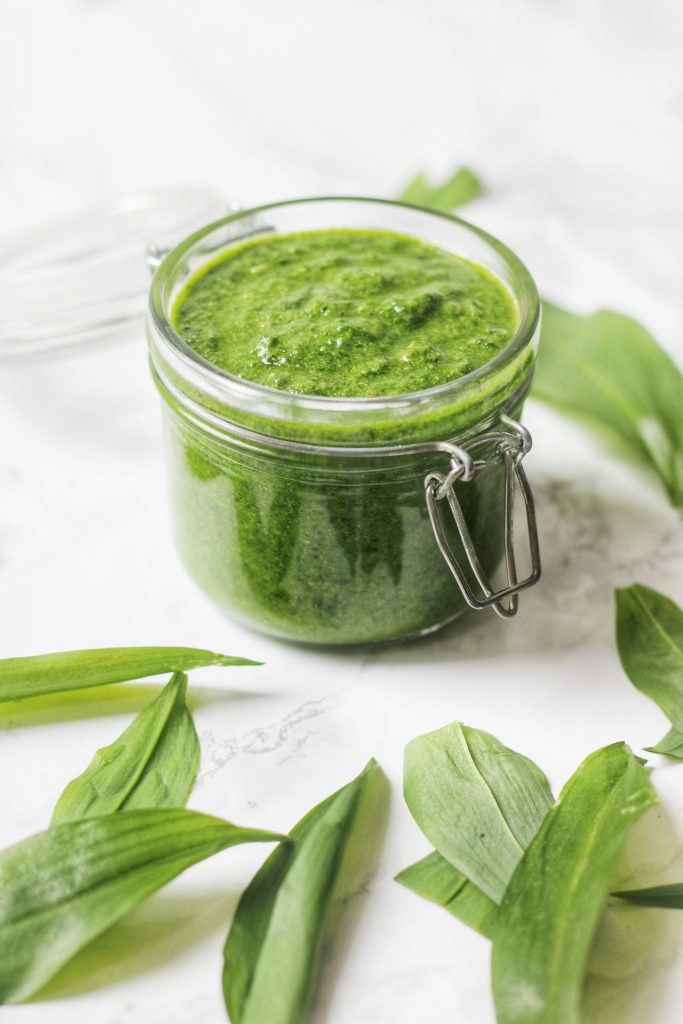
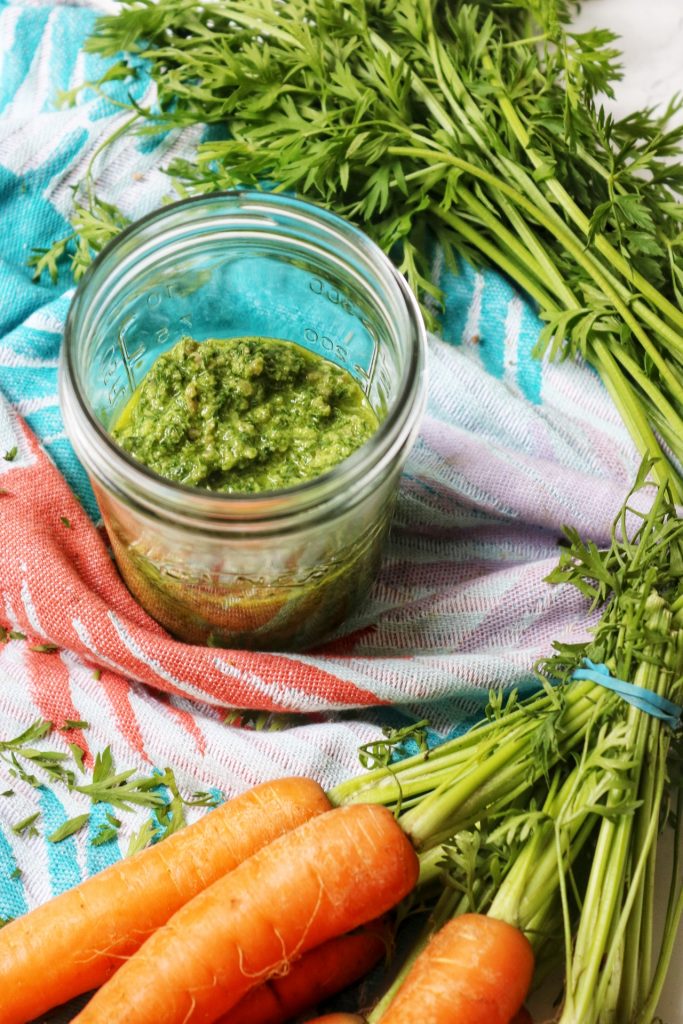
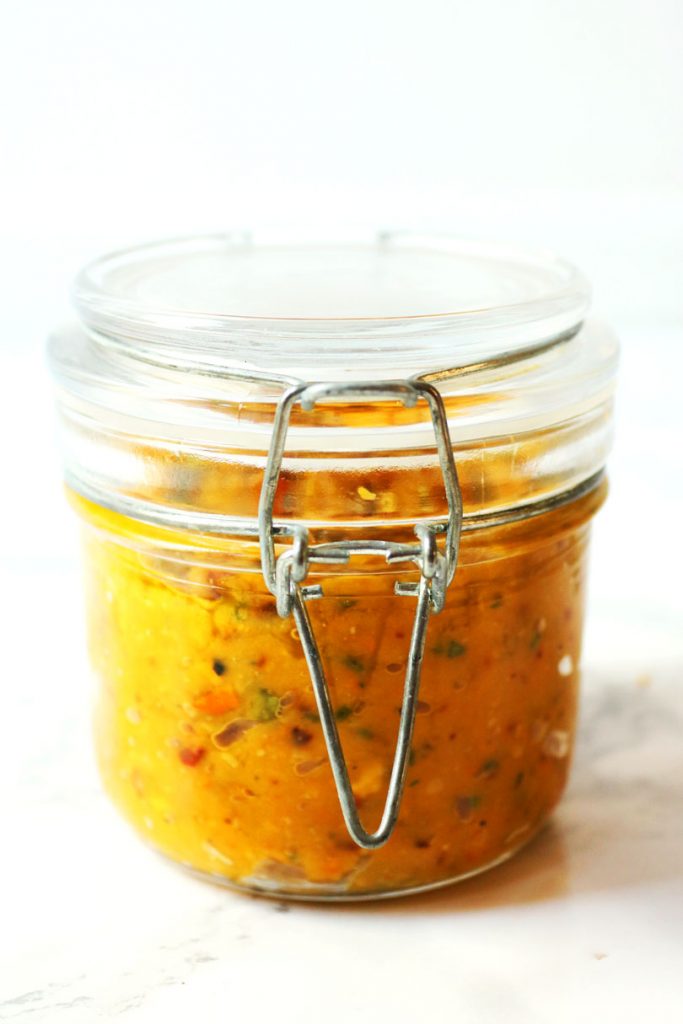
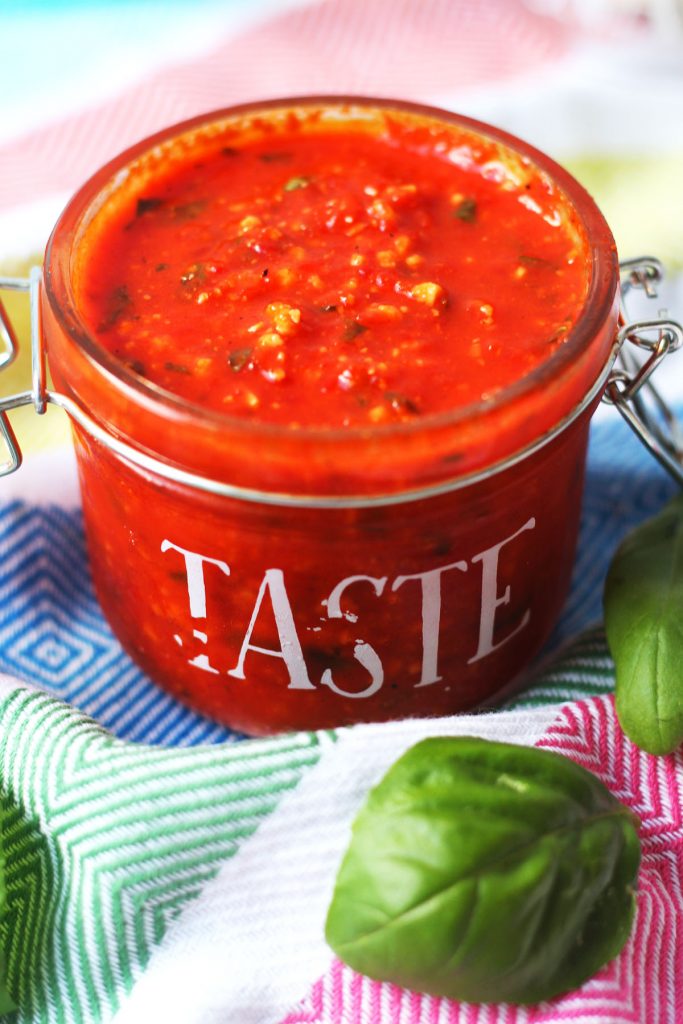

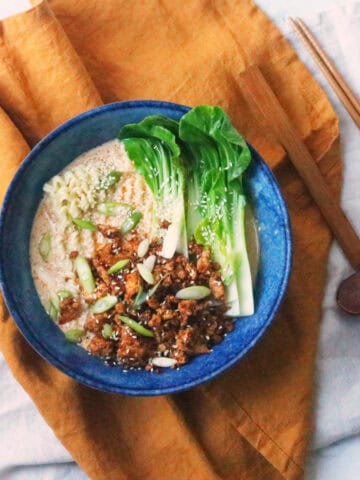
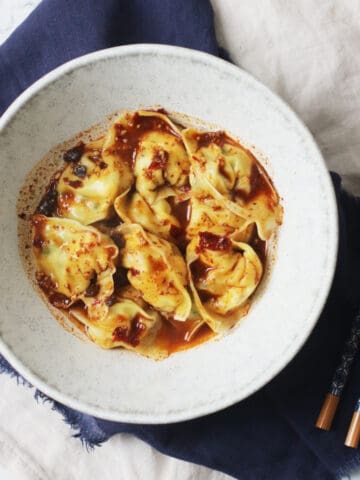

Leave a Reply